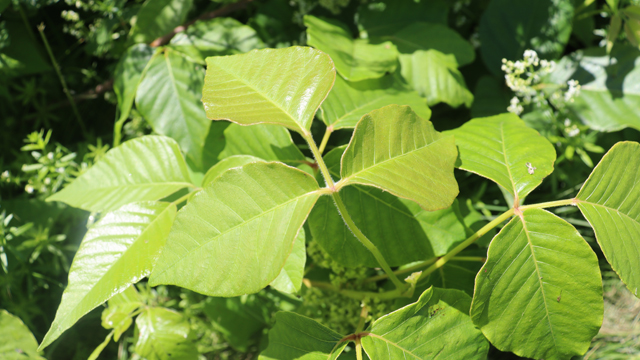
Safety on land
Prince Edward Island National Park
Trail biking, beach walks and camping are great ways to explore the park. Ensure your trip is a safe one by knowing the risks.
While natural hazards do exist, the risk of personal injury can be minimized by taking reasonable precautions. Your safety is your personal responsibility. Visit AdventureSmart for trip planning tips.
On this page
During inclement weather and severe weather warnings, it is strongly advised to avoid shorelines and wooded areas. High winds, heavy surf, and rain or snow can reduce visibility and increase risks such as falling debris, unstable trees, and flying objects. Cliffs are particularly hazardous during severe weather. Wind and surf can erode the ground beneath the cliff edge, making it unstable and unsafe. Water levels can also change quickly, exposing or concealing hazards to navigation. Safety is a shared responsibility. Please respect posted signage, and always check the weather before visiting the park. If severe weather is approaching, follow the guidance provided by weather warnings and park staff.Inclement weather
Wild fires
Campfires are only permitted in campgrounds in the firepits provided.
Please don't use twigs, leaves, or bark to start your fire. They act as mulch and provide food for plants. Make your own kindling from your firewood, which may be purchased at the campground registration kiosk. Charcoal barbecues may be used, and cold ashes should be deposited in a fireplace or garbage container.
Please report fires or suspicious smoke to park staff or call 1-877-852-3100.
The Fire Weather Index (FWI) is posted daily. For your safety, please be aware of the following restrictions:
Low: No time restriction
Moderate: No time restriction
High: No fires between 8am and 8pm
Extreme: No fires (including cooking shelters)
Cliffs
The cliffs in PEI are made of soft red sandstone, which crumbles easily when waves strike the bedrock and during spring thaw. The shoreline of Prince Edward Island National Park is eroding at an average rate of one meter per year.
As a result, cliffs are cut back, creating real danger to hikers above and below the cliffs. Don't get too close to the edge! Use caution and remember that climbing and ice climbing on cliffs is not only dangerous but it’s a prohibited activity under National Park regulations.
Please respect all closed areas signs close to the coast, and report areas that look unsafe to park staff immediately by calling Parks Canada Dispatch at: 1-877-852-3100 or by emailing us at pnipe-peinp@pc.gc.ca.
Poison Ivy
 Poison ivy
Poison ivyPoison ivy is found in certain areas of Prince Edward Island National Park, usually near sand dunes.
This three-leafed green plant can cause a certain amount of discomfort to those who encounter it. Often contact with poison ivy will cause a rash-like appearance to the skin that can become extremely itchy.
When in doubt, always remember the golden rule: "Leaves of three? Let them be."
Golf Cart Prohibition
Motorized vehicles are not allowed on the multi-use trails and golf carts are not road legal vehicles. Because of these potential safety risks, the use of golf carts is deemed unsafe and their use is prohibited within parks boundaries.
Trail Etiquette & Safety
- Share the trail and promote common courtesy and proper etiquette. Trails are enjoyed by hikers, cyclist and roller bladers alike.
- Our trails are meant to be enjoyed by visitors of all ages and be a stress-free environment. If cycling, please do not race on the trails. This allows you to properly spot hikers and reduce potential accidents.
- If you are venturing out after a wind storm, beware of fallen branches or trees. Report any dangerous conditions to Park staff.
Related links
- Date modified :